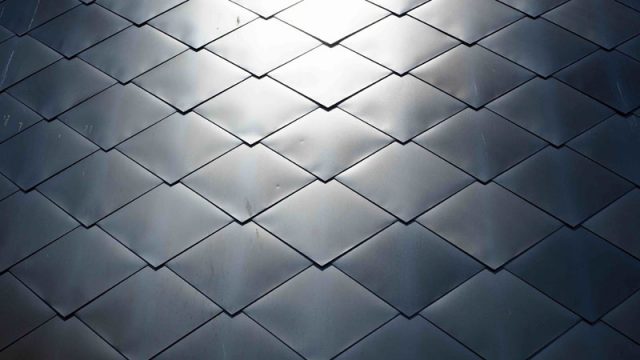TILE
Tile is perhaps the most versatile flooring material available. As beautiful as it is tough, tile has always been a popular choice for high traffic areas such as entryways, kitchens and bathrooms. Today, it is increasingly being used in many other areas of the home including great rooms and bedrooms. The flexibility and versatility of today’s styles allows designers and homeowners to get more imaginative, and a wide selection of colors, sizes, shapes and textures can be used both indoors and out.
When buying ceramic tile it is important to consider not only the material and finish, but also the color and width of the grout joints (the material between the tiles).
Types of Tile
CERAMIC TILE
Ceramic tile is a mixture of clay, minerals and water that have been shaped, fired and pressed for an extremely hard surface. Glazed ceramic tile has a protective coating applied before firing making it resistant to stains, odors and bacteria and giving it a distinctive finish.
PORCELAIN TILE
Porcelain is a type of ceramic made from a very fine mixture of clays and minerals similar to those found in fine dinnerware. These materials allow it to be fired at higher temperatures resulting in a denser tile that is highly resistant to moisture and virtually indestructible.
Grout
The color spectrum for grout is limitless, with hues to blend or contrast with any tile.

What Else to Consider When Buying Tile
- Consider the size and color of the grout joints carefully. They can make a big difference in the overall finished look. In areas at high risk for spills and stains, choose darker grout colors that can better hide stains.
- Consider the height or thickness of the tile as you move from room to room, especially if there will be different tiles in directly adjacent areas.
- For high traffic areas, choose a ceramic tile that can be sealed for better stain resistance.
- Consider the surface treatment of the tile and choose accordingly for each particular area of the house.
- For high traffic areas, such as kitchens and family rooms, choose a tile with good abrasion resistance to prevent scratches and chipping, and one that can be sealed for stain resistance.
- For areas with direct access to the outside, choose a tile with good abrasion resistance as well as slip resistance.
- For areas that don’t get as much traffic, such as bathrooms, bedrooms and living rooms, just about any tile works well.
- Standing for long periods of time on tile floors can result in sore or tired feet and backs. In kitchen areas in particular, use cushioned mats and wear supportive shoes while cooking.
- Tile does not retain heat well, so floors may feel cold during the winter months. Warm them up with a beautiful wool area rug.


